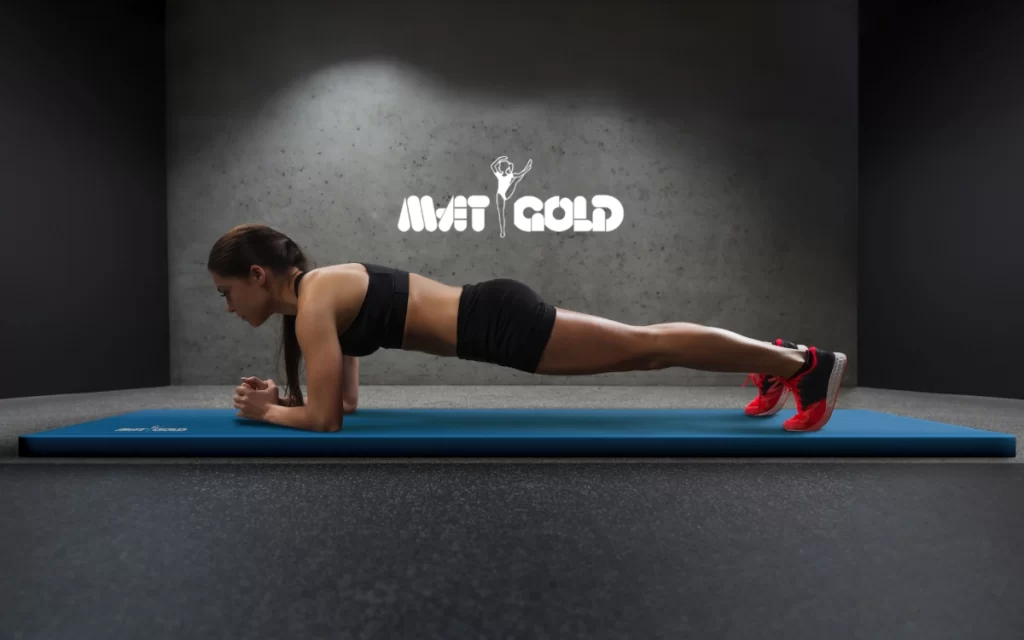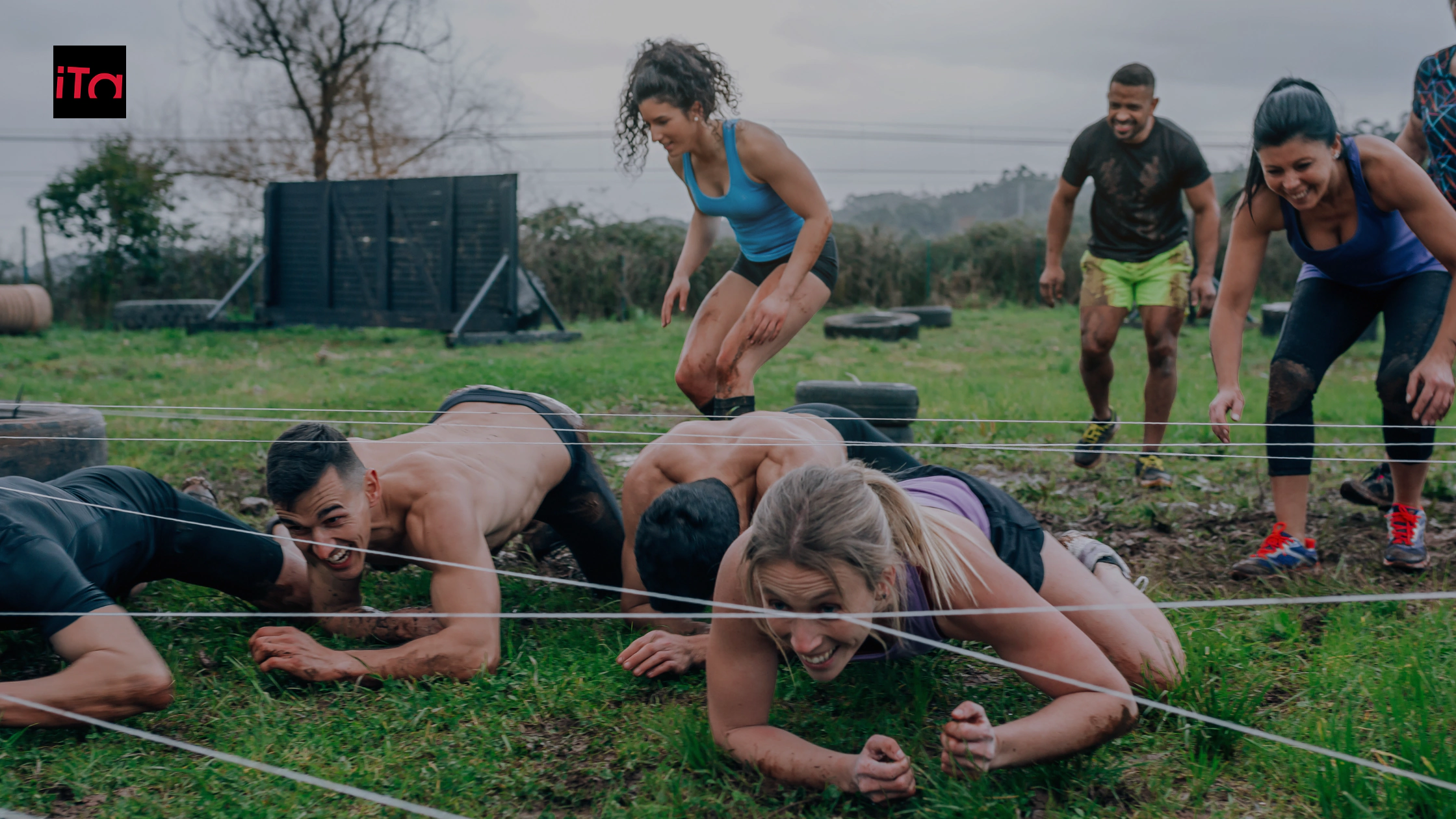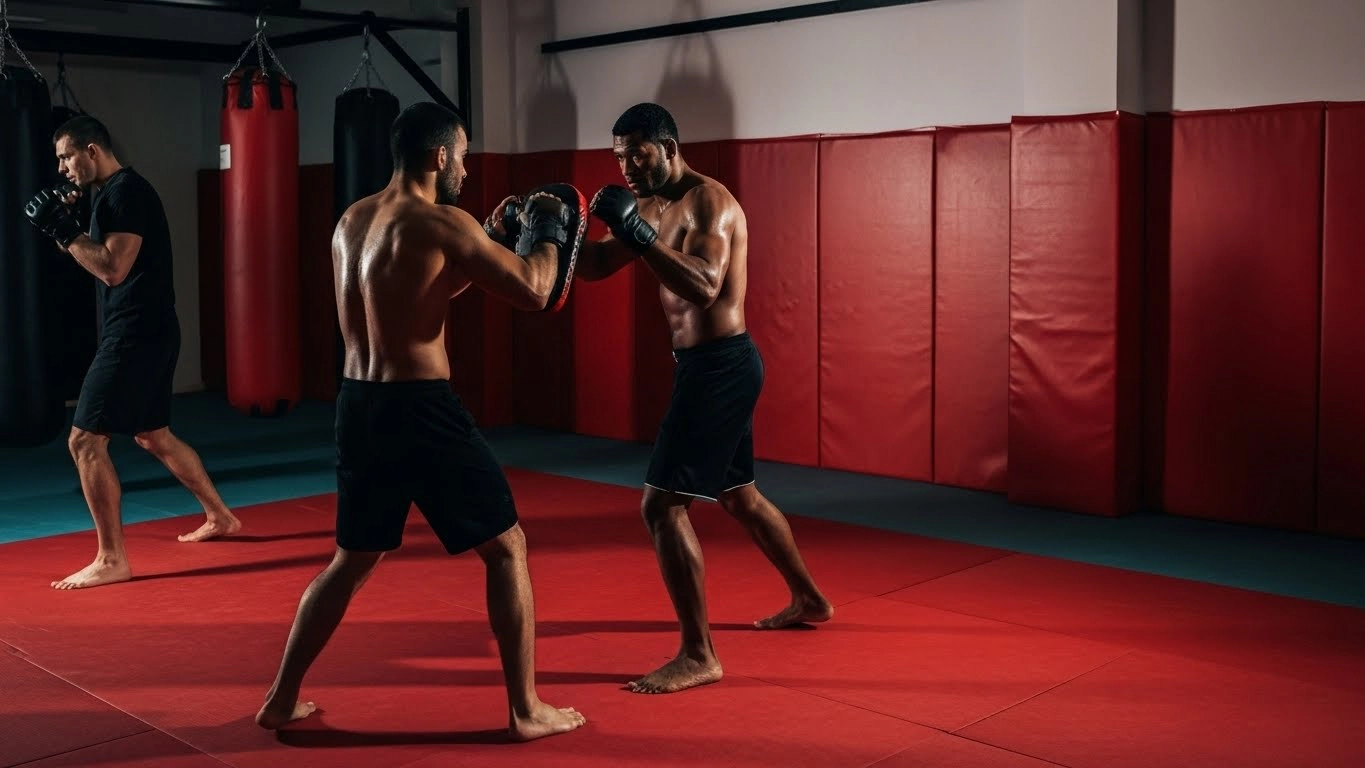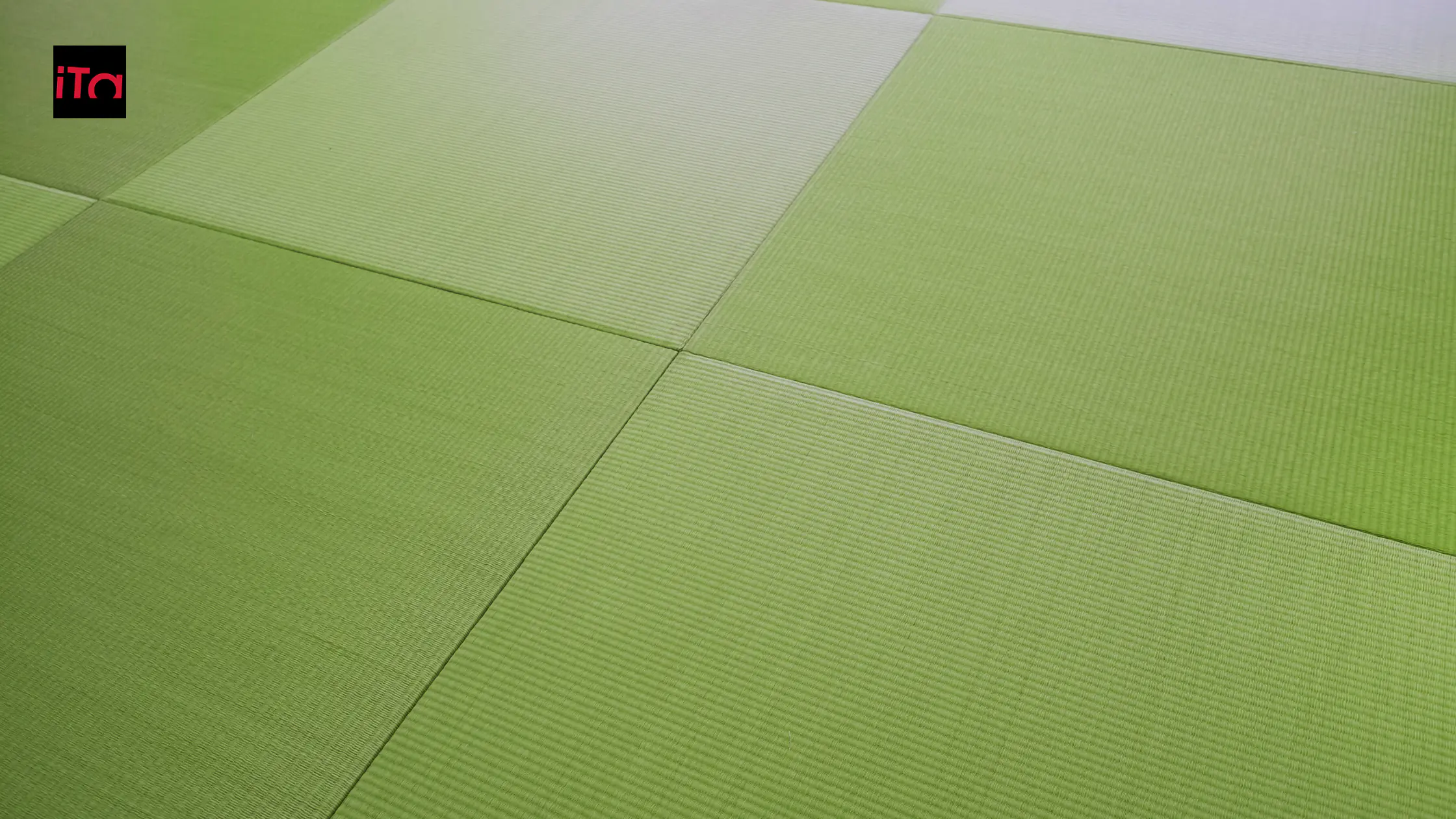Spartan Race Training: The Complete Guide to Race Preparation
What is the Spartan Race?
There Spartan Race is much more than a simple race: it is a real physical and mental challenge that combines resistance, strength and strategy. Included among the disciplines OCR (Obstacle Course Racing), the Spartan Race stands out for its challenging obstacles, which test every aspect of your athletic ability.
From climbing walls to wading through mud puddles to the dreaded burpees as a penalty for failing to clear obstacles, each participant experiences a unique blend of competition and personal growth.
Preparing for a Spartan Race is not just about improving your physical fitness, but also developing the right mindset to face and overcome the challenges. Training is therefore essential to fully enjoy the event, avoid injuries and cross the finish line successfully.
Many people ask themselves: “Am I fit enough to take on a Spartan Race?” Or: “Where do I start preparing?”
If these are your fears, you are in the right place. Our goal is to guide you towards an accessible and structured training plan that can adapt to your level of experience. With the right guidance, you can overcome any obstacle, both physical and mental.
It doesn't matter if you are a beginner or an experienced athlete, this guide is designed to give you all the tools you need to tackle the Spartan Race to the best of your ability.
In this guide, we’ll walk you through how to best prepare for the Spartan Race, with technical tips and training plans for all levels. Read on to learn how to turn your preparation into a journey to success.
Content index
The Fundamentals of Training for the Spartan Race
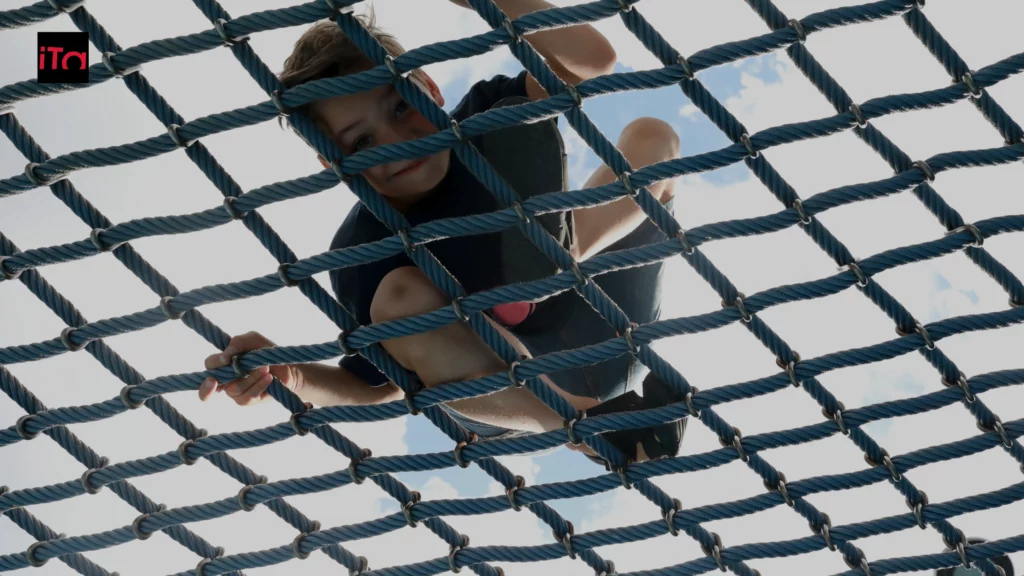
How Does the Spartan Race Work?
There Spartan Race is an OCR (Obstacle Course Racing) competition that combines running, physical strength and technical skills to overcome a series of obstacles designed to challenge the body and mind. The most common obstacles include:
- Climbing walls: walls of different heights to overcome.
- Transporting heavy objects: such as buckets of gravel, bags of sand, or logs.
- Monkey bars: suspended paths that require strength and coordination.
- Mud puddles and rope climbing.
These elements make each race unique and exciting, pushing participants to overcome their limits.
Learn more about OCR techniques and training with our dedicated guide.
How Many Burpees and Other Obstacles Will You Tackle?
THE burpees are one of the most feared penalties in the Spartan Race. Every time a participant fails to overcome an obstacle, he or she must complete 30 burpees before proceeding. This exercise combines explosive strength and endurance, making it one of the cornerstones of preparation.
In addition to burpees, there are many other technical exercises that may be required:
- Lifting a heavy ball: which can weigh from 20 to 40 kg.
- Transport of buckets or bags: often on uneven terrain.
- Climbing and climbing: requiring arm strength and stability.
Knowing these elements in advance allows you to prepare yourself better, both physically and mentally.
Training for the Spartan Race: Techniques and Preparation Programs
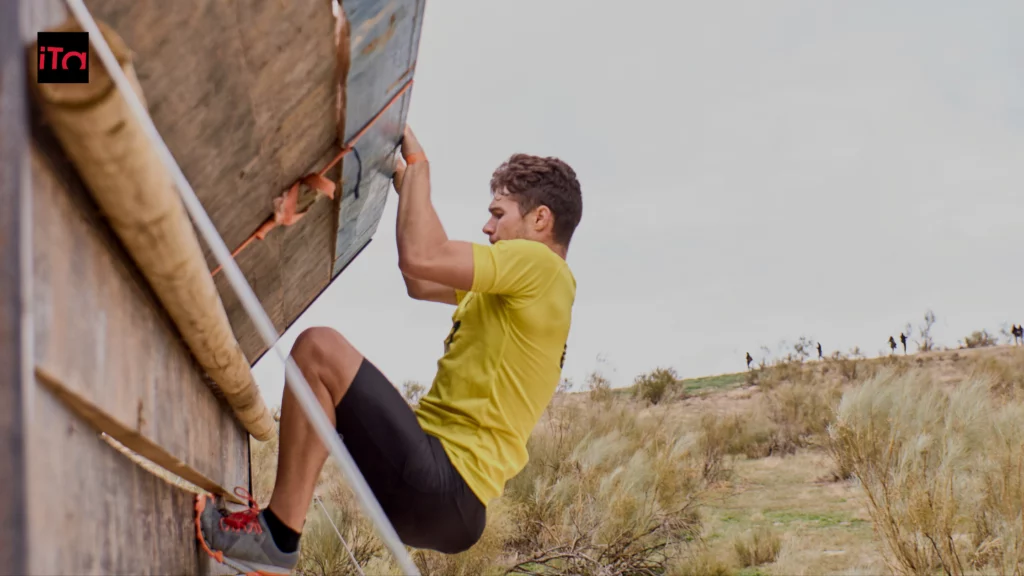
How to Train for the Spartan Race
Preparing for a Spartan Race means building a complete preparation that involves both the body and the mind. It is essential to alternate targeted training to develop strength, endurance and agility, but also to dedicate time to technical exercises that help you tackle obstacles with confidence.
An effective training program should include:
- Running sessions on rough terrain: Don't limit yourself to traditional road running. Running on trails, hills, or uneven terrain simulates race conditions and improves your cardiovascular endurance, preparing you to overcome challenging sections.
- Functional strength exercises:Moves like deadlifts, pull-ups, and carrying heavy objects not only make you stronger, they exactly replicate the demands of Spartan Race obstacles like monkey bars or bucket carries.
- Technical training on obstacles: If you have access to an OCR center, practice on obstacles similar to those in the race, such as climbing ropes or going over walls. If you don’t have this option, you can still work on specific movements using equipment such as plyometric boxes or ropes.
You're wondering “Where to start?” or “How can I train effectively without an OCR center nearby?” The key is to start slowly, dedicating three or four sessions per week that combine running, strength training, and technique training. For example, start with short runs and gradually increase the distance, or use tools like kettlebells or plyometric boxes to improve strength and explosiveness.
The Spartan Race is not only a physical test, but also a mental one. Your training should include exercises that push you beyond your limits, teaching you to manage fatigue and overcome difficulties. Remember: every step of your preparation journey brings you closer to the strongest and most determined version of yourself.
Spartan Race Workouts at Home or in the Gym
Not everyone has access to an OCR center to train, but you can also prepare effectively at home or in the gym:
- Free body exercises: burpees, push-ups, lunges and squats.
- Recommended equipment: kettlebells, climbing ropes, plyometric jump boxes.
- Focus on stability and security: Use sports mats for workouts that include jumping or falling, reducing the risk of injury.
Explore our guide to sports mattresses to train safely at home or in the gym.
Athletic Preparation for the Spartan Race
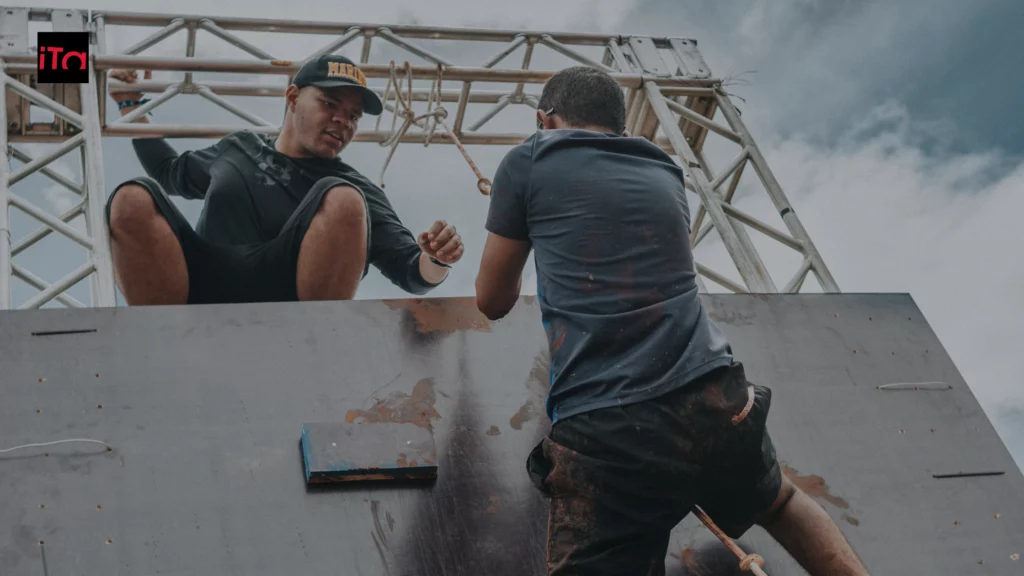
Spartan Race Training Program
To best tackle the Spartan Race, it is essential to follow a structured training program that develops strength, resistance and agility. Here is an example of a technical sheet, differentiated for beginners and advanced:
- For Beginners:
- Monday: Cardio training (running on uneven terrain, 3-5 km).
- Wednesday: Bodyweight exercises (burpees 3×15, plank 3×30 seconds, lunges 3×12 per leg).
- Friday: Functional strength (kettlebell deadlifts, box jumps, assisted pull-ups 3×10).
- Sunday: Uphill walks or short hikes.
- For Advanced:
- Monday: High intensity interval running (6-10km with sprints every 500m).
- Wednesday: Explosive strength training (jump squat 3×12, rope climbing, weight carrying over 100m).
- Friday: Mixed training (circuit with monkey bars, burpees 3×30, wall climbing with rope).
- Sunday: Obstacle trials, if possible, or simulated OCR training.
Advise: Focus on exercises that mimic the movements required by the Spartan Race, such as heavy hauling, climbing, and cardiovascular endurance.
Nutrition and Recovery
Preparing for a Spartan Race means not only training consistently, but also taking care of your body with proper nutrition and adequate recovery tools.
- What to Eat Before the Spartan Race:
In the days leading up to the race, a balanced diet is essential. Choose complex carbohydrates like whole wheat pasta or rice to maintain energy, combine them with lean proteins like chicken or fish and don't forget healthy fats, like avocado or nuts.
On race day, opt for a light but nutritious breakfast: oats with fresh fruit and a protein source like Greek yogurt. - Recovery after training:
After intense sessions, it is important to help your muscles regenerate. Hydrate well, eat a meal rich in protein and carbohydrates, and dedicate time to active recovery.
To support you on this journey, iTatami offers equipment that makes training safe and effective:
- There Padded Truck Wheel It is ideal for exercises that improve strength and endurance, perfect for simulating the heavy transports typical of the Spartan Race.
- The Padded Plyometric Box It is perfect for training explosiveness and coordination with jumps and dynamic movements, essential for overcoming obstacles.
- THE Anti-fall mattresses They ensure safety during intense or technical exercises, reducing the risk of injury.
Taking care of your body also means training smartly, with the right equipment. iTatami is by your side to help you reach your peak performance.
Practical Tips for Tackling the Spartan Race

How to Dress and What to Bring to the Spartan Race
The right clothing is essential to tackle the Spartan Race safely and comfortably. Here are some tips:
- How to Dress for the Spartan Race:
- Wear breathable, tight-fitting clothing to avoid chafing.
- Choose trail running shoes with good grip to tackle mud and rough terrain.
- Bring lightweight gloves to protect your hands during obstacles.
- What to Bring to the Spartan Race:
- A complete change of dry clothes.
- Wet wipes to clean yourself quickly.
- Energy snacks to recharge your batteries and a bottle of water.
What can you win at the Spartan Race?
The Spartan Race is much more than just a competition: every participant takes home something special, far beyond material prizes. Of course, completing the race allows you to receive a commemorative medal, a symbol of your commitment and determination, as well as official t-shirts or Spartan Race bandanas, perfect to remind you of the challenge you faced.
But the real prize is the personal one. It is the moment when you overcome your limits, when you face an obstacle that you thought impossible and conquer it. It is the satisfaction of knowing that you have given everything, physically and mentally.
Participating in a Spartan Race also gives you a sense of belonging: you are part of a community, that of OCR, that shares the same spirit of resilience and passion for challenges. And for those who love to compete, the Spartan Race offers the opportunity to access more advanced and prestigious races, pushing you to always improve.
Ultimately, the Spartan Race is not just a race, it’s a personal journey. Every obstacle you overcome helps you become a stronger, more confident, and more determined version of yourself. And that’s the ultimate reward.
Why Choose Bortolotto Mattresses for Spartan Race Preparation
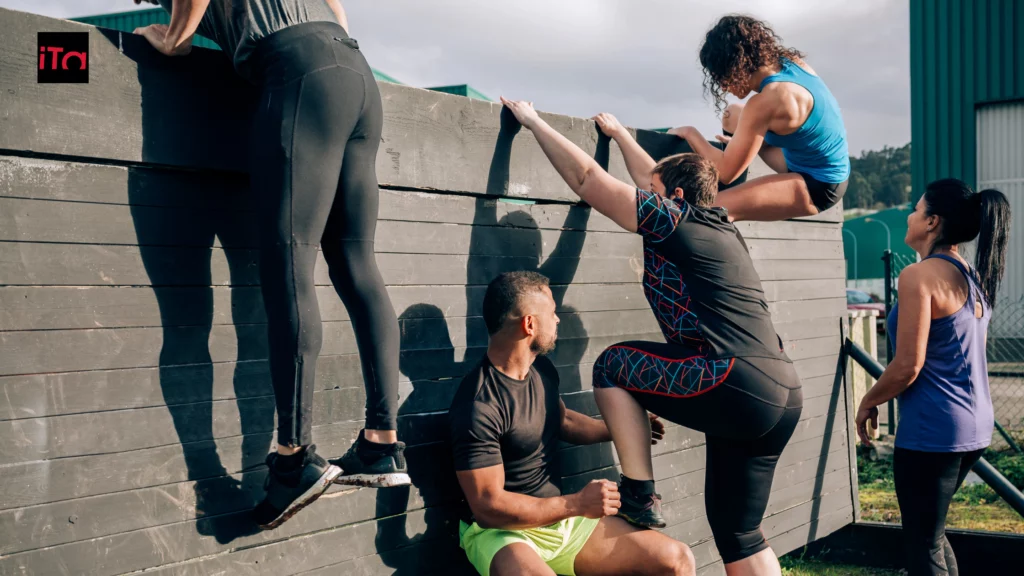
Safety and Comfort During Training
Preparing for a Spartan Race requires not only determination and consistency, but also a safe environment to train. Bortolotto sports mattresses (Products by iTatami) are designed to offer maximum safety and comfort during any type of exercise, whether plyometric jumps, strength exercises or recovery techniques.
- Ideal for any environment: Whether you train at home or at the gym, Bortolotto mattresses guarantee a stable and protective surface, reducing the risk of injuries.
- Perfect for OCR training: Combined with tools such as the Padded truck wheel or the plyometric box, offer a safe base for training strength, endurance and explosiveness.
Find out more about Bortolotto sports mattresses and choose the quality that makes the difference in your preparation: Link to sports mattresses.
Additional Resources for Further Study
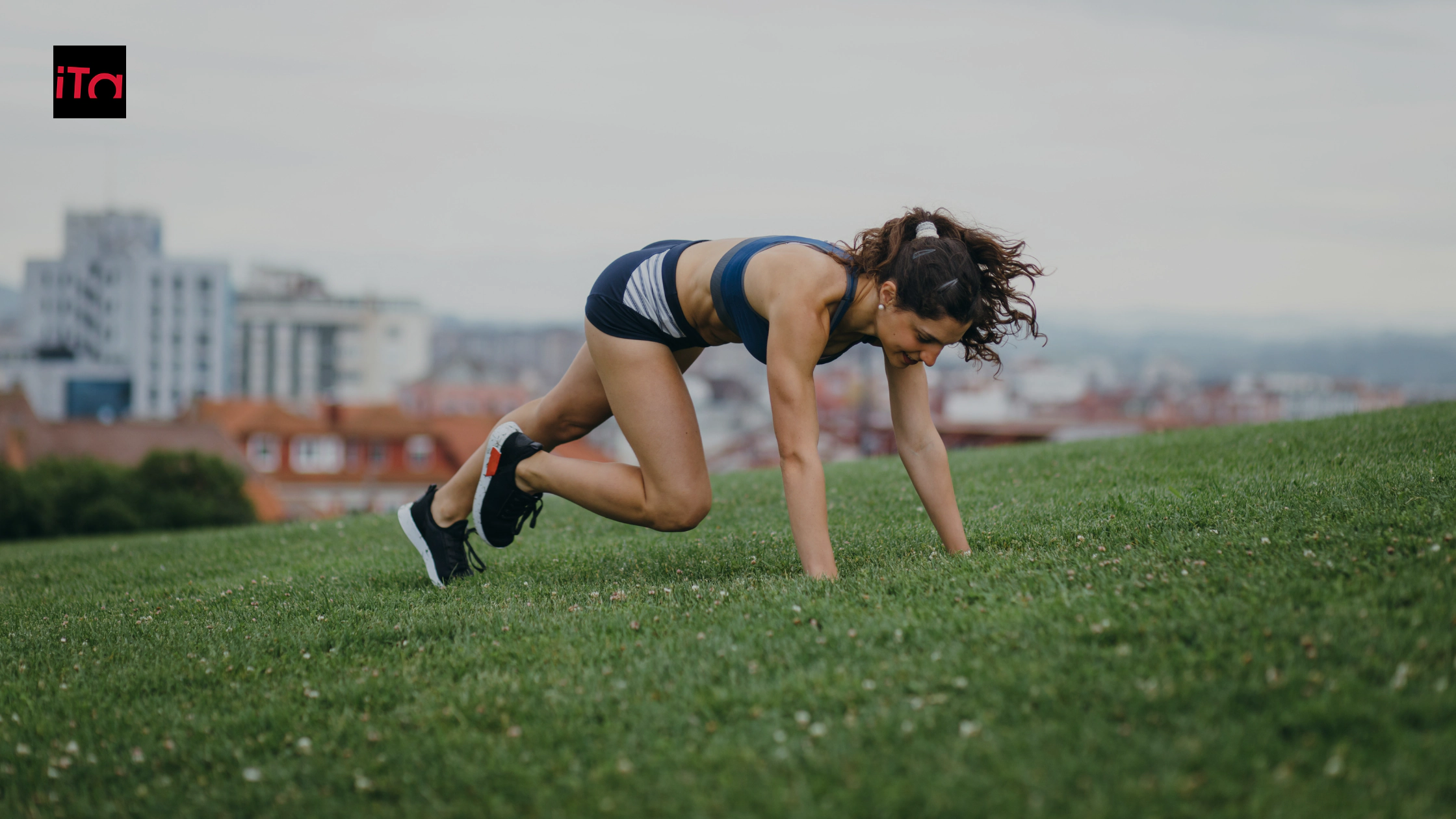
Spartan Race Workout Videos
If you want to perfect your technique and get inspired, here are some recommended video resources:
- Official Playlist Spartan Race on YouTube: Spartan Race Tube.
- Techniques to overcome obstacles and train better: Spartan Obstacle Guide.
Related Workouts
To complete your preparation, we recommend that you delve deeper into these useful articles:
Professionals to Follow
Want to improve your Spartan Race preparation? Learn from top OCR (Obstacle Course Racing) athletes who regularly share tips, strategies, and inspiration. Here's who they are and what they do:

Nicole Mericle
- Description: One of the strongest and most respected female athletes in the world of OCR. She has won numerous Spartan Race competitions and other OCR races, thanks to her combination of technique, speed and determination. She is also an advocate for women's inclusion in sports.
- Contents: Nicole shares motivational and technical videos on her official website and through his profile Instagram, where he offers practical tips for training and tackling obstacle challenges.
- Recommended Video: Compilation of workouts and obstacles.
Ryan Atkins
- Description: Canadian athlete known as one of the best OCR competitors in the world. He has won many Spartan Races and ultra endurance races, demonstrating incredible physical and mental ability.
- Contents: He shares workouts, race strategies and tips on how to tackle specific obstacles. Through his Instagram profile and the YouTube channel, shows how to prepare for high-level competitions.
- Recommended Video: OCR Training and Strategies.
Lindsay Webster
- Description: One of the most successful athletes in the OCR world, she has won multiple Spartan Race championships. She is known for her versatility and strategic approach to racing, which allows her to dominate in a variety of conditions.
- Contents: Lindsay shares her athletic training, competition updates and beginner tips through her Instagram profile and other media. He is an inspirational model for those who want to improve themselves.
- Recommended Video: Exclusive OCR Interview.
Hunter McIntyre
- Description: Energetic and charismatic athlete, known for his unique style and his numerous victories in OCR competitions. He has participated in events such as the Spartan Race, demonstrating exceptional physical strength.
- Contents: Hunter offers motivational videos, tutorials on how to tackle specific obstacles, and OCR training strategies through his Instagram profile and his official website.
- Recommended Video: Overcoming obstacles with energy.
FAQ – Frequently Asked Questions about Spartan Race
Each obstacle not overcome requires 30 burpees as a penalty.
Obstacles include walls to climb, monkey bars, weight transport And rope climbing.
The weight can vary between 20 and 40 kg, depending on the category and the route.
Wear breathable technical clothing and trail running shoes for comfort and grip on rough terrain.

